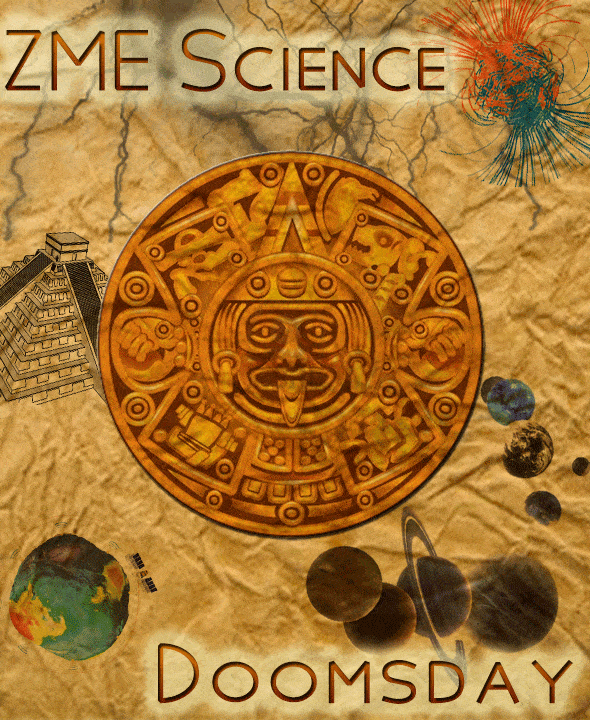
Something really bad is going to happen, and the Earth’s rotation will shift, rotating the other way, which will cause a magnetic pole reversal, which is going to rain all sorts of havoc on terrestrial life.
As the poles shift, there will be a massive continental drift, with landmasses plunging in towards each other, bringing earthquakes, volcanic eruptions, and making all life on the planet all but extinct.
Oh, and even without the earthquakes and volcanoes, the magnetic shift itself will bring an end to the world as we know it.
Reality check!!!
As a geologist, it hurts my brain to write things like this, and to see that people actually believe something like this could happen… it’s painful to see how ignorant we are about the very planet we live on.
A shift in Earth’s rotation is impossible; unless, that is, a solar system sized galactic panda comes and starts manually spinning our planet the other way. It’s about as likely as that; and even if this did happen, it has absolutely nothing to do with magnetic pole reversal. People advertising this false doomsday use a bait and switch tactic, making senseless correlations.
Geomagnetic reversal, the phenomenon during which the North and South pole switch position is a well known and documented phenomena that has happened for hundreds of times in the Earth’s history, on average at about 400.000 years. The process itself takes a few millenia, and there’s no reason to believe it will happen again any time soon (next few millenia). Furthermore, even if it did happen, there’s absolutely no reason to believe that such a shift would harm life forms.
Read about other popular Mayan doomsday “prophecies” from our debunking series:
- Doomsday part 1: The Maya calendar predicts the end of the world
- Doomsday part 2: Nibiru (Planet X) is coming
- Doomsday part 3: The magnetic poles are shifting!
- Doomsday part 4: solar flares
- Doomsday part 5: Planetary and galactic alignment
- Doomsday part 6: asteroid strike






